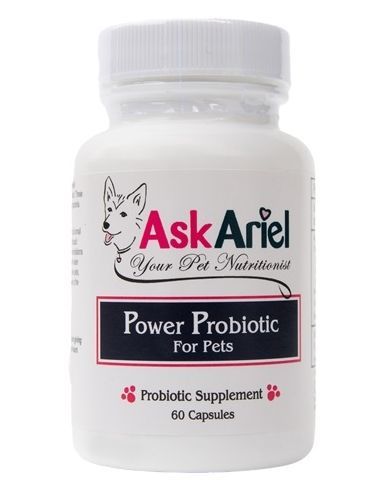Lynette, Los Angeles

Power Probiotic - Power Probiotic is a multi-strain pet probiotic supplement that promotes the growth of friendly bacteria. These beneficial bacteria help fight off pathogens, bad bacteria and viruses to keep your pet healthy. Contains 6 powerful strains along with prebiotics to increase absorption and survival of the bacteria.
Made in the USA under strict GMP standards, Power Probiotic is 3rd party tested and certified. Using Power Probiotic is essential if your pet has taken steroids or antibiotics, as these medications reduce the population of friendly bacteria. Easy and convenient to use, Power Probiotic can be in and out of refrigeration without decreasing effectiveness. This makes it perfect for travel. Pure, safe and natural - most pets love the taste of Power Probiotic.
Published: 5/29/2018
Revised and Reposted: 2/4/2024
Author: Susan Blake Davis





.jpg)
.jpg)

